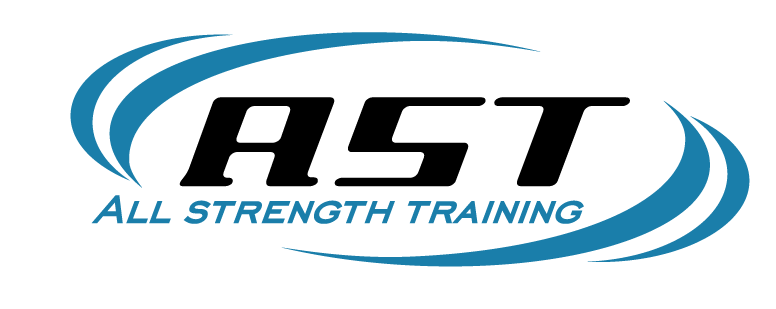4 Tips to Stop Hurting Yourself
Many people will experience some sort of an injury from exercise, and a lot of the common injuries that come up during our consultations can be avoided by taking a few simple precautions.
#1 – Stretch & Foam Roll (With Purpose) Before Training
I used to be the queen of not stretching before training. I would walk into the gym and hit the weights. Well, I don’t know if I can blame it on getting older, or just taking my training more seriously, but those aches and pains that shouldn’t be there started following me around day in and day out. I finally made a change and now spend 15-20 minutes before each training session just rolling and stretching. When I have legs, I am loving on that foam roller like you wouldn’t believe, practically crying from how tight my legs have become just since the day prior. I pull out my lacrosse ball from some extra glute work when needed, and then always do about 5 minutes of various hip stretches. When I walk towards the weights, I am feeling good and able to get more depth with my squats and deadlifts, push a little heavier, and always end up with a much better workout, and most importantly, a pain free workout.
Takeaway: Budget 15-20 minutes to prepare for your lifting session
#2 – Know the Difference Between Good Pain & Bad Pain
When you go to the doctor and try to explain a stomach ache, they always ask if the pain is dull, achy, stabbing, etc. Thinking about these things during training is also valuable. If the pain is burning (think about your quads during Bulgarian split squats), then that is good pain. Feeling sharpness in your knee during Bulgarian splits squats, however, is bad pain.
Here are some keys to know whether the pain is good or bad. Are you feeling a burning pain in the muscle you are trying to work? This is good and likely from lactic acid buildup. How about sharp pain – sharp pain anywhere is not a good thing. For me, I run across this when doing particular shoulder movements (I have some long-lasting issues from playing water polo in high school and college). So, I don’t fret, I just make a change – I could change the weight, change the movement, change the hand position – there are multiple things I can do to alter the movement and still get a great workout that’s free from the wrong kind of pain.
Takeaway: Listen to your body and be adaptable.
#3 – Don’t Try to Compete in the Weight Room
Is the person next to you deadlifting 50lbs more than you? Well, good for them, but don’t try to copy them. I had this conversation with a friend of mine the other day and they told me how much the squat. It was a lot more than me, and I told them no way, no how could I squat that much and I wasn’t about to try. Why? Because I know my body and its limitations. I also know that this friend weighs more than me which usually means that they have the capacity to lift more than me.
Worry about you, not someone else. Lift what you can lift and always work towards your own personal PR’s – forget about the person next to you and their PR.
Takeaway: The only person you should be trying to out lift is yourself.
#4 – Move More on a Daily Basis
This one seems so simple, yet is so often neglected. There is a reason that the term “Desk Jockey Syndrome” has become so popular. We, as a population, sit . . . a lot. Some of this is because of our work, and some is because of habit (where’s the remote?). Regardless, this hunched over, unsupported lower back, sitting on our ass all day phenomenon has created poor postures, weak glutes, weak core, rounded shoulders, and aches and pains where there shouldn’t be. We are seeing it more and more with standing desk stations now, or the fitbit that tells you to take a quick lap around the office. The theme is the same – stand up, walk some, move your muscles so they don’t get so tight and stiff. If you don’t have the option to use a standing desk (say you are a driver for a living), then take the opportunities you do have to move. Park farther away at the grocery store and walk, use the stairs instead of the elevator, be active while you are watching your favorite night-time show, whatever.
Takeaway: This one is simple, MOVE.

I totally agree with what you said about not trying to compete in the weight room. You don’t have to prove yourself to anybody. What you need to focus on is yourself and that should give you enough motivation. It is always good to begin with stretching exercises first before working on your cardio. Just remember to always ask for advice from your trainer. If I were to work out in a gym, I would make sure to focus on my body and consult my personal trainer. Thanks.